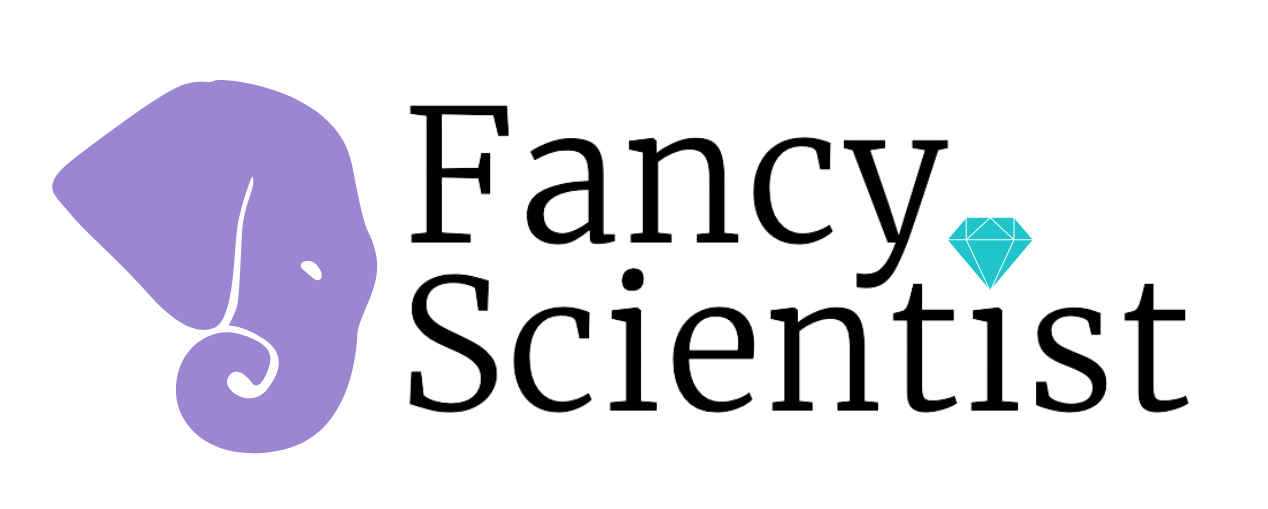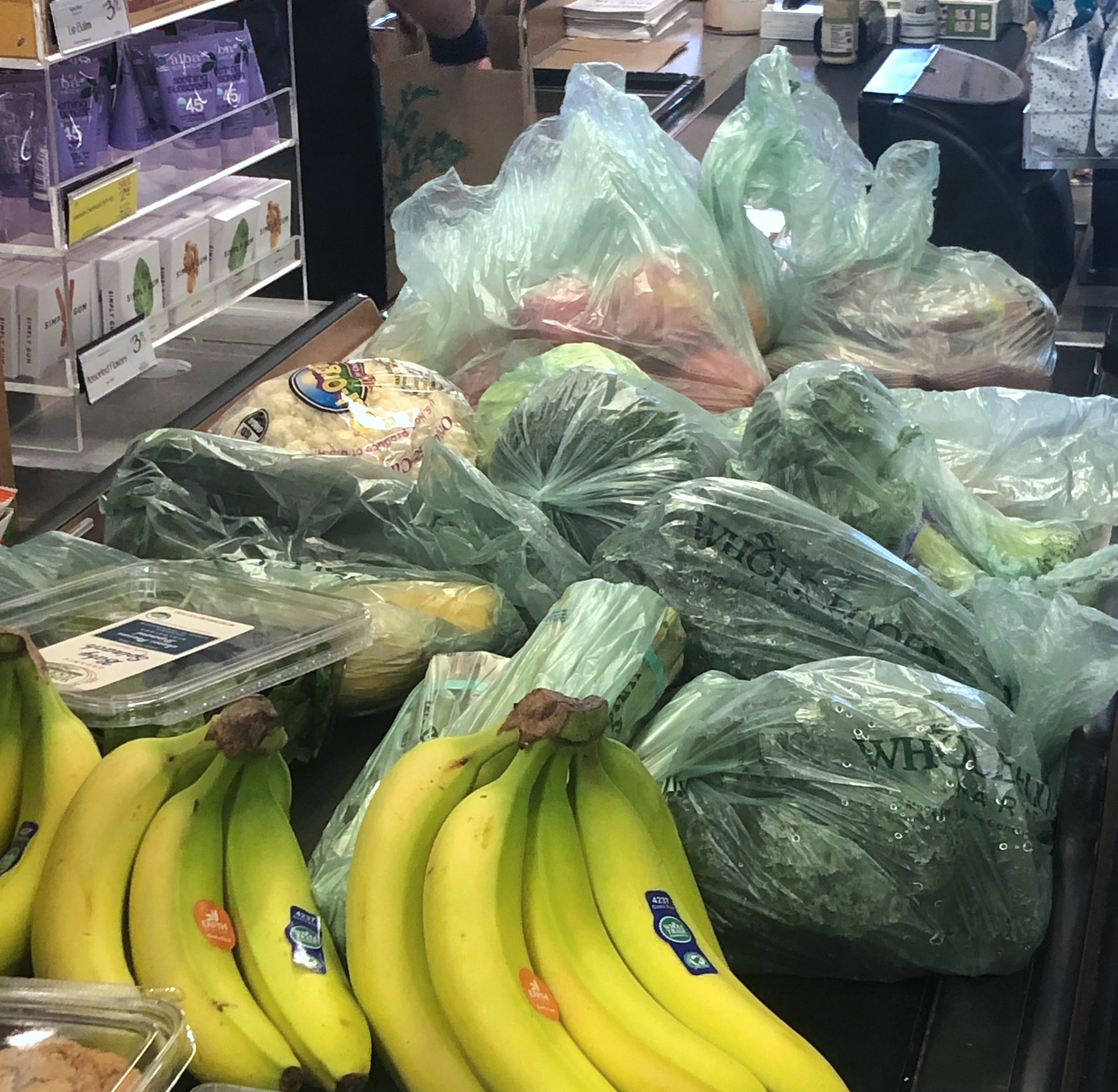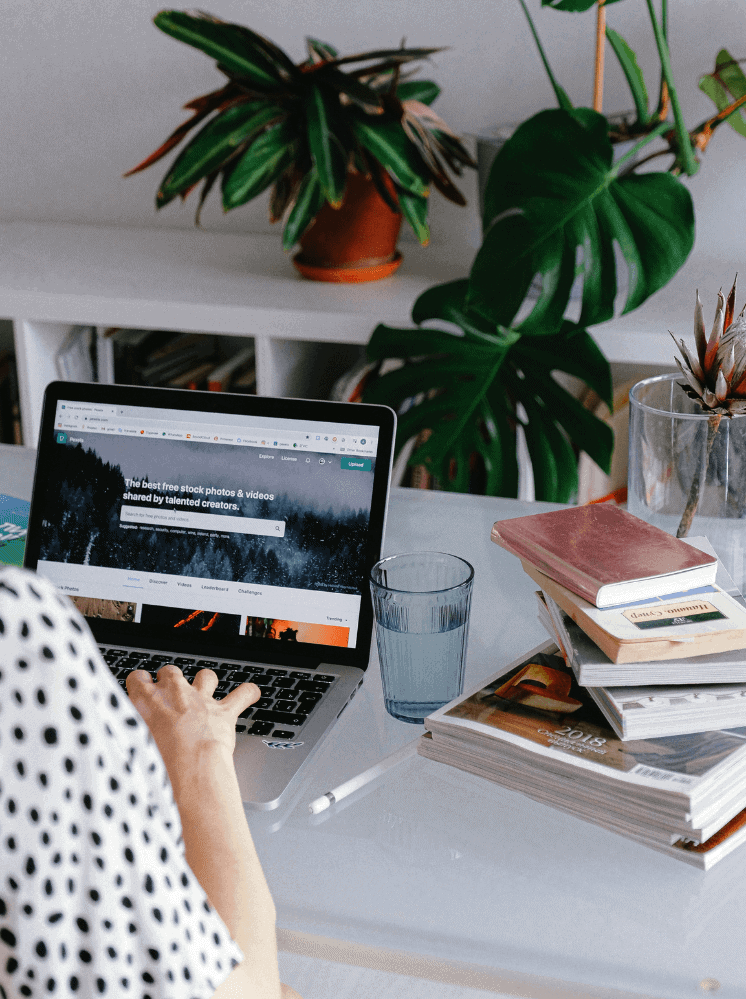*This post contains affiliate links. As an Amazon Associate, I earn from qualifying purchases. This means when you make a purchase, I get a commission at no cost to you! Read more about my affiliates on my Affiliate Links Disclaimer.
For the longest time, I lived guilt-free whenever I bought a Frappuccino or used a plastic bag. The cup and bag would last at least 450 years on Earth, but I dropped these items in the recycling bin thinking they would be turned into something new, and sold back to manufacturers. No harm done. Yet, here in the US, to my surprise, this was rarely the case. (To find out what really gets recycled, check out this amazing NPR webpage.)
The US never even recycled much of its plastics domestically. Many plastics damaged machines and some were expensive or impossible to break down and recycle. Additionally, the raw materials for plastics have historically been cheaper to purchase so there was little incentive to purchase recyclables. A lot of these plastics ended up going to landfills, but this changed when China started buying recyclables.
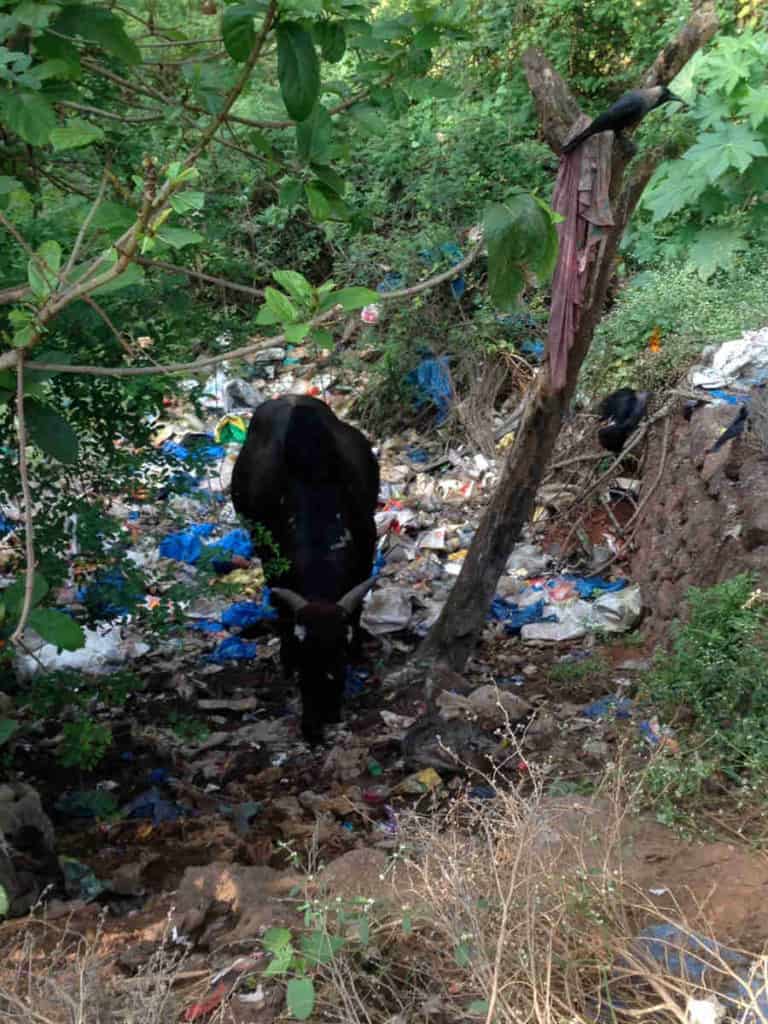
China could separate out unrecyclable plastics from machines using cheap labor, but over the years, this became more difficult. Many plastics were contaminated and became difficult and expensive to separate out even when you are paying people low wages.
Plastic manufacturing grew exponentially both in the US and around the world. Approximately 70% of all of the world’s recyclables went to China. Some companies would even drop off piles illegally, which led to pollution in China’s land and waterways, and even plastics properly sent to centers were not being recycled, but just being dumped elsewhere.
China reached a breaking point and in 2018 they banned most recyclable imports. Now what will happen to plastic? The US does not have the capacity to recycle it so it’s being stockpiled, and will eventually go to landfills or be incinerated (which also creates pollution).
At the same time, it seems like our world has reached its plastic carrying capacity. Plastics are particularly harmful near the ocean as everything eventually goes out to sea where it looks a lot more like food once it hits the water. In the past few months alone, multiple whales beached due to starvation and dehydration from the accumulation of plastic bags in their stomachs. 90% of all seabirds have plastic in them, and soon this will reach 100%.
Plastic affects our own health too. Plastic doesn’t biodegrade. When it breaks down, it simply breaks down into smaller pieces. Microplastics are consumed by smaller wildlife (fish) that we also consume. We are therefore starting to eat plastic. It’s time to come together and reduce our plastic consumption. Girl, Scientified wrote a blog post on how the chemicals in plastic can affect our immune system.
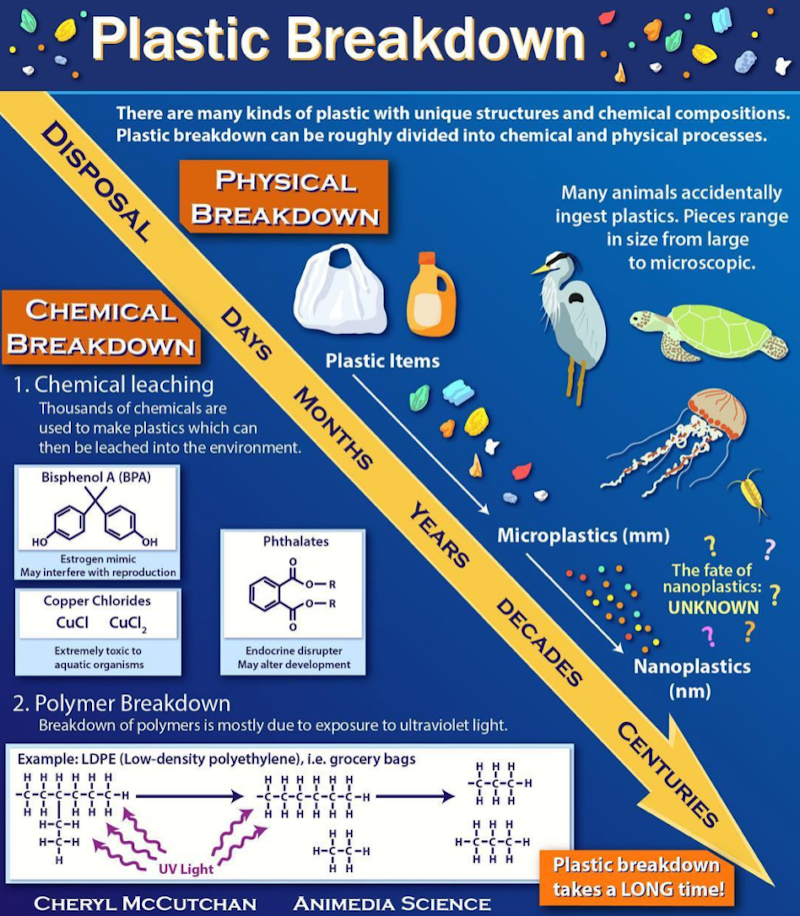
Over 40% of plastics are used just once. The biggest impact you can have is reducing single use plastics. Here are some ways on how you can help.
1. Bring your own cup everywhere. Keep one in the car! I have a large stainless steel coffee mug that I use for coffee and water (I got mine from Starbucks, but this one is similar). Whenever I have longer trips, I bring 1-2 Nalgene bottles. Yes, these are made of plastic, but I’ve had one for 16 years so I don’t want to get rid of it now. Stainless steel is better though because it does not contain any potential endocrine disrupters. Camelbak makes great stainless steel options.
2. If you forgot your cup, ask for a paper one over plastic when there is an option, even for cold drinks (like at Starbucks).
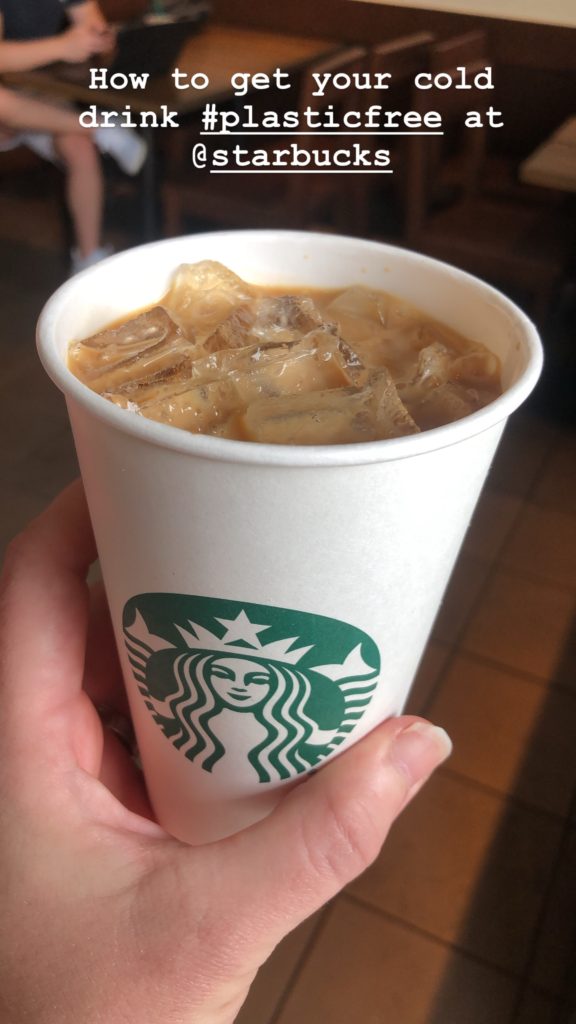
3. Skip the lid and the straw. Do you really need an adult sippy cup? There are people with disabilities that do need straws, but by far the vast majority of us don’t. If you do really can’t live without one, buy bamboo or metal ones and keep them on you (or in the car).
4. Keep utensils and Tupperware on you (or in your car). When you eat out, you won’t have to use plastic utensils or a container for leftovers. The advantage of having a large purse is that you can easily hide things like Tupperware in it. If you forget to do this, I now think it is better for letting your food waste be thrown away. I was always taught to finish my plate, so this pains me, but if food escapes from landfills, it doesn’t kill wildlife like plastic does. For more on car and other travel, check out this blog post with other great ideas.
5. Refuse bags and really reuse the ones you have. Keep reusable bags in your car for shopping and if you have a large purse, just put small items in your purse rather than getting a bag. Make sure you really use your reusable bags. Even paper bags are not the best for the environment because of their carbon footprint.
6. Put produce directly in your cart. Your apples, oranges, and tomatoes don’t need a bag! I can only think of a few items that are hard to put directly into the cart (e.g. green beans, mushrooms). For the rest, skip the plastic bag! For the items that do need bags, you can use these reusable produce bags.
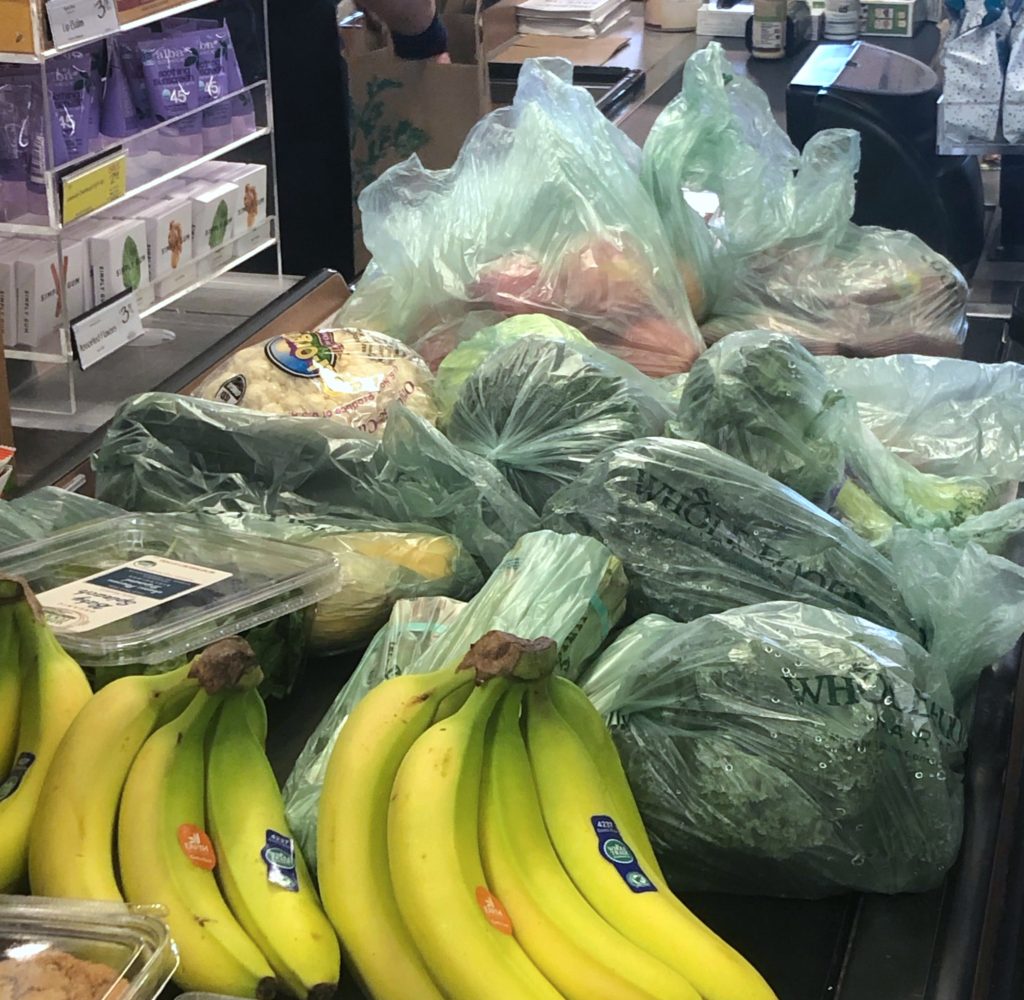
7. Buy in bulk with your reusable produce bags. Instead of purchasing new containers for oatmeal, rice, coffee, etc. bring these to the grocery store and fill them up in the bulk section.
8. When buying products, choose plastic-free when there is an option. Here are some examples of when you can make these choices:
- Choose jars over plastic containers (ex. mayonnaise, mustard).
- Choose loose produce over produce that is packaged. Cut up your own butternut squash!
- Choose produce not in plastics or shop at stores (especially local farmers markets) that don’t do this. In 2018, plastic food wrapping was the number one trash product found on beach cleanups.
- If you have children, choose cloth diapers over plastic ones and try to purchase plastic free toys (such as wooden ones). My friend makes wooden toys. You can purchase them here.
- Use bar body soap sold loose or in a paper package over body wash in a plastic bottle.
- Buy plastic free toilet paper. Order cases of Seventh Generation toilet paper or subscribe to Who Gives a Crap? I recently subscribed to Who Gives a Crap. You can get 27% off your order with this code.
10. When traveling internationally, bring a Steripen to sterilize your water rather than buying bottled water.
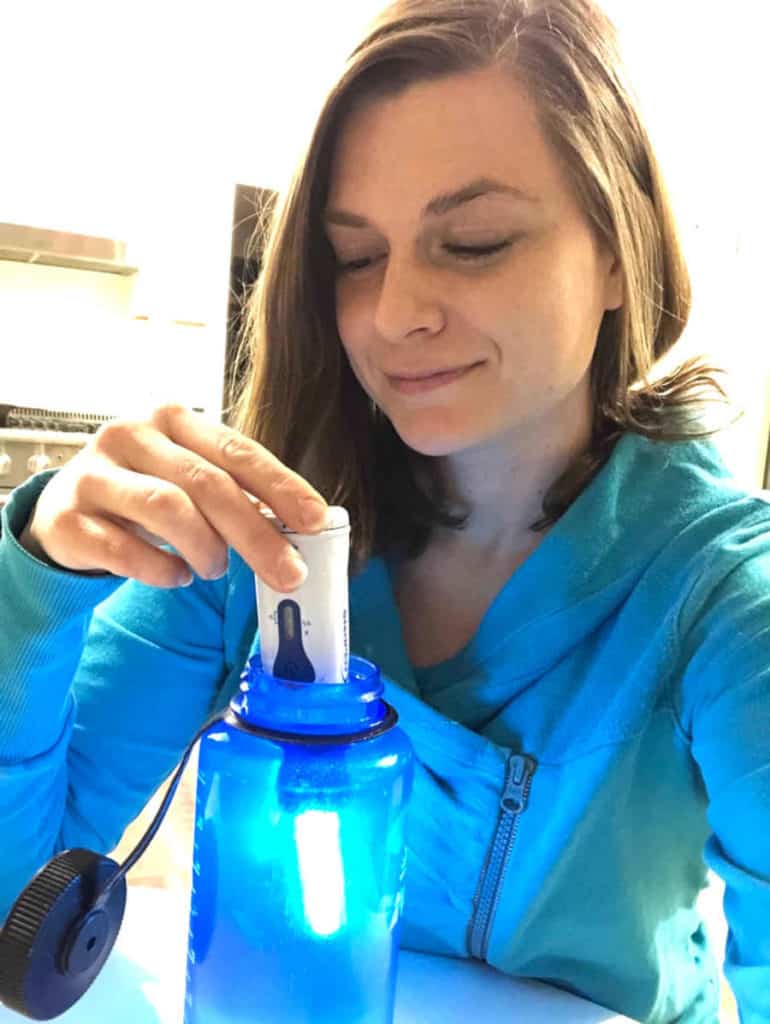
11. Instead of plastic wrap, put a plate upside down over leftovers or move leftovers to Tupperware. You’ll save money and plastic. I also just put food directly in the fridge without any cover on it. Since when did we decide that we need to cover everything inside a fridge? If you really need a wrap, choose beeswax wraps.
12. Choose natural clothing fibers (cotton) over synthetic. Synthetic fabrics are made of plastic. As they are washed, they shed plastics.
13. Save and reuse plastic bags that you already have. I used to buy salmon from Whole Foods that comes in these large plastic bags. The salmon is already in plastic, so the plastic bag is not contaminated. I use them a lot for travel, for example to put my shampoo bottles in or dirty flip flops. I also wash them out and reuse them if they get dirty.
14. If you buy plastic, buy things in the largest container possible. I try to eat vegan, which is better for the environment, but to get protein, I eat some things that come in plastic (like tofu and protein shakes). I drink a Vega One protein shake every morning (recipe here) and upped the size of the container that I buy.
15. Reuse disposable razors. I did this even before I really became attuned to the plastic crisis because I am cheap and they work just fine over and over again. I use mine for an extremely long time – 6 months+! They work fine. Just run water over the blades to get out the hair.
16. Give up glitter or go biodegradable. As a fancy scientist, this one truly breaks my heart. I LOVE glitter! It is so beautiful! But glitter is essentially just really small pieces of plastic that will eventually end up in our water systems. Animals will eat it and it will become part of the food chain, which ultimate affects us if you eat seafood. Luckily, some companies do make biodegradable glitter, so if you really need it, you can get your fix guilt free!
17. Choose gum that isn’t made out of plastic. Gum is made out of PLASTIC!!! How crazy is that? If you are a gum addict (I am, which is why I can’t buy it), there are some plastic-free options out there like Glee.
18. Choose your wine wisely. Choose wines that have natural corks. Other corks contain plastic and wine with screw-off caps also contain plastic.
19. If you’re a woman, choose feminine products only made with paper and cotton or switch to reusable ones. I have used a Diva Cup for many years and love it.
20. Compost food waste to reduce kitchen trash bags. Composting not only reduces food waste, but it also reduces the number of bags you have to use. Once I started using CompostNow, the number of bags I use in my kitchen is like 1 a month! If even that.
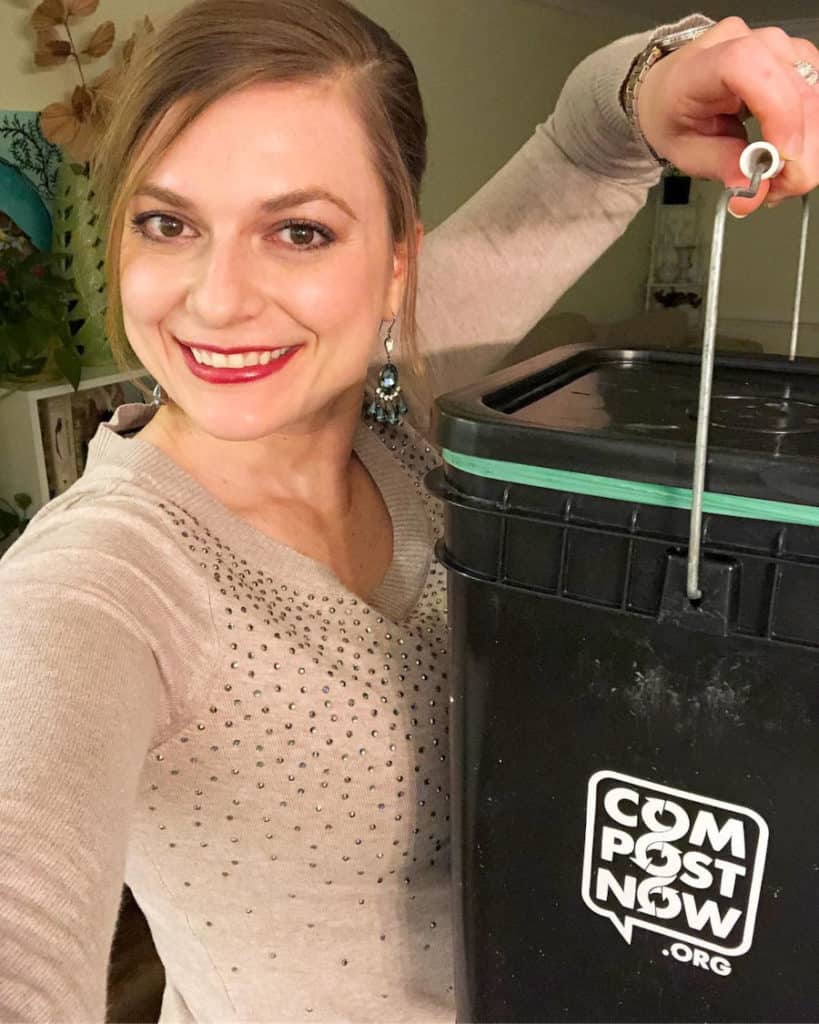
21. Pay your bills electronically. Don’t let companies send you bill through the mail. Many of these envelopes contain plastic envelopes. This also reduces paper waste.
22. Was your hair less. I used to wash my hair every single day. I can skip one day without any additional products, but for more than that, I have to use dry shampoo. Most dry shampoos come in plastic plastic bottles, but I still feel like this reduces waste because I use less dry shampoo than shampoo and conditioner when I wash. Now I wash my hair 1-2x a week. Another secret is to just wear your hair up when it gets dirty!
23. Purchase a bamboo toothbrush or one made out of recycled plastic.
In addition to making these changes, it really helps to keep the pressure on companies. With the news of dying whales and the effect of BBC’s Blue Planet, companies are starting to pay attention. Write and/or put social media pressure for them to ditch the plastic and support companies that are doing their best to reduce plastics and/or use recycled plastics. I’m excited to try Rothy’s, a company that makes shoes out of recycled plastic.
While this can all seem overwhelming, do not let perfection be the enemy of good! Incorporating some of these steps is better than incorporating none of them. Or even doing some of them most of the time. Do the best that you can. You can still have your Frappuccino, but to make it guilt-free, we all need to make a few adjustments.
Love this post? Share it with friends!
